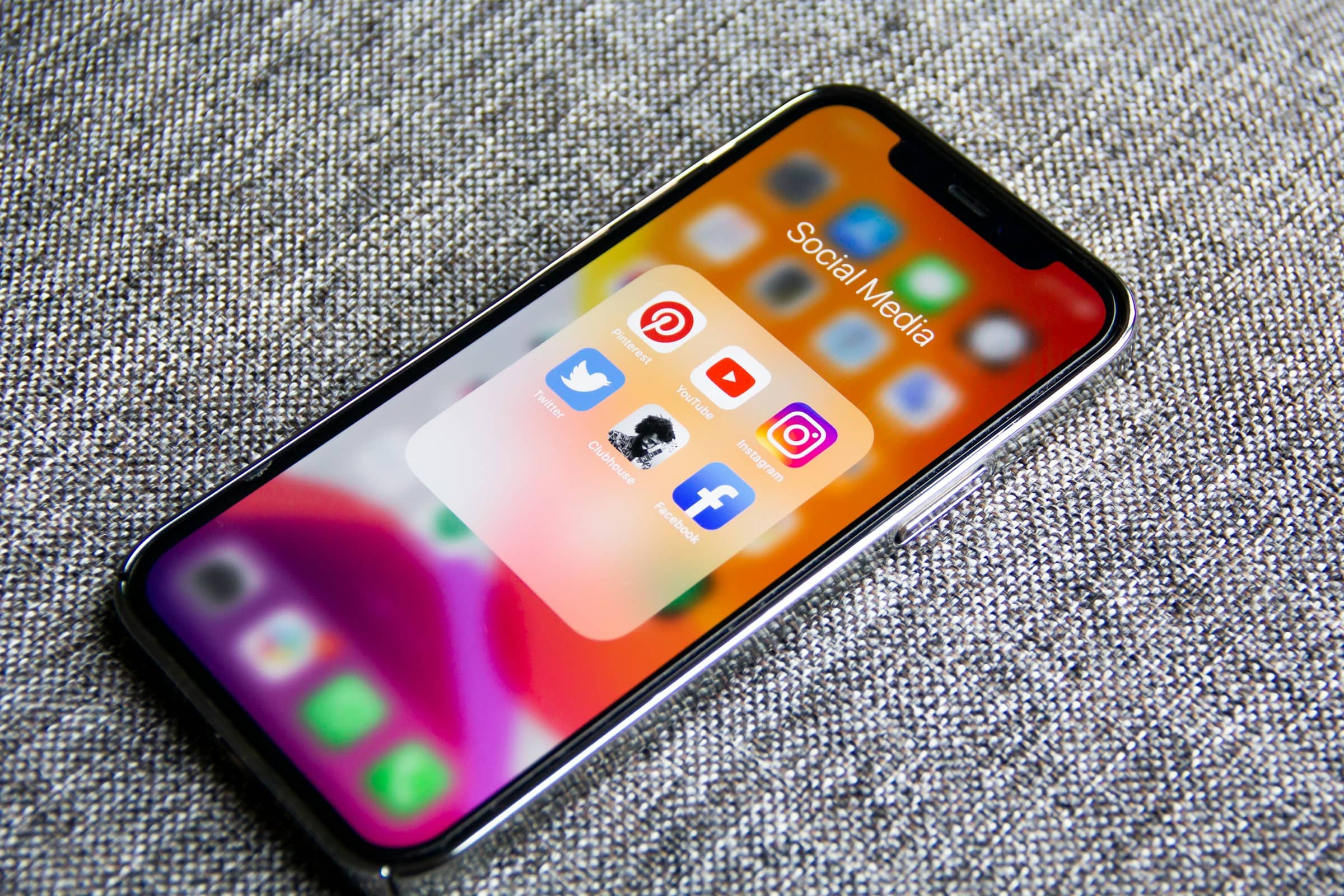In today’s world, social media has become an integral part of our daily lives. In fact, the average internet user spends almost 2½ hours each day using social media platforms—more than one-third of our total online time.
Social media offers some wonderful benefits. It allows us to stay connected with friends, remain informed, and even make a difference in the world (as an example, in many ways, the reach of this website has grown significantly because of social media).
That being said, social can also become a significant source of distraction and overwhelm. There is also tons of research of the potential downsides of it.
One of the core benefits of minimalism is added intentionality in how we spend our time and money. And many of the same principles we apply to physical possessions can be applied to social media.
If you need a more intentional approach to social media, I think you’ll find these helpful.
9 Ways to Apply Minimalism to Your Social Media Habits
1. Reflect on your intentions
Take a moment to consider why you use social media. Is it to stay connected with friends and family? To seek inspiration or knowledge? To promote your work or business?
By clarifying your intentions, you’ll be able to make more conscious decisions about how and when to engage with social media.
2. Conduct a social media audit
Just like you might count the number of towels you own as you begin to declutter, take a close look at the accounts you follow and the platforms you use. Are there more than you thought? Do they align with your values and intentions?
Additionally, look at how much time you spend on social media each day. If the numbers surprise you, it may be time to unfollow, mute, or unsubscribe from accounts that don’t serve your goals or contribute positively to your well-being.
3. Set time limits
Establishing boundaries for your social media usage is just as helpful as establishing physical boundaries for your possessions. Set both daily and weekly time limits.
By designating specific times for engaging with social media, you can reduce the risk of mindlessly scrolling for hours on end and you will be forced to make decisions about which social media activities are most important to you. You may even consider using a timer or an app to help you stick to your limits.
4. Prioritize quality over quantity
Implementing time limits (and sticking to them) will naturally help accomplish this next idea. Work hard to focus on engaging with a smaller number of meaningful accounts and platforms rather than trying to keep up with everything. By doing so, you’ll be able to create a more intentional and fulfilling social media experience.
Focus on the social media platforms and accounts that help you accomplish your intentions.
5. Turn off non-essential notifications
Minimize distractions by disabling non-essential notifications on your devices. This simple step can help reduce the urge to constantly check your social media feeds and allow you to be more present in your day-to-day life.
Removing notifications will allow you to check social media on your schedule, rather than someone else’s.
6. Use social media to create, not consume
You are more than a consumer. This is one of the most important realizations that drives minimalism. Your life is too valuable to waste chasing and accumulating material possessions.
In the same way, your life is too valuable to waste consuming mindless posts and material on social media. Some entertainment and rest is good—of course. But too much detracts from your opportunity in the world.
Use your social media for good by sharing helpful thoughts, commenting on posts you agree with, liking meaningful posts, and communicating ideas that positively influence lives.
Seek balance by noticing when you are using social media to create, and when you are only mindlessly consuming.
7. Regularly reassess your social media habits
As you evolve and grow, your social media habits should reflect those changes. Periodically reassess your usage, the accounts you follow, and the platforms you engage with to ensure they continue to align with your values and intentions.
When it comes to minimalism, realizing that different physical possessions are required for different stages of life is a powerfully helpful thought. The same is true of social media (and probably the entire Internet in general as well).
8. Experiment with Less
Changing your approach to social media can lead to surprising revelations about its impact on your life. Treat this change as an experiment—a temporary adjustment to your usual habits. This mindset makes the challenge feel more manageable and less daunting.
Consider taking a complete break from social media for a week. Notice the changes in your mood, productivity, and interactions with the real world. You could also try something like limiting your daily social media use to just 30 minutes for an entire month.
Observe how the limitation affects your relationship with these platforms and your overall well-being. If you like the change, keep the new life. If you hate it, you can always go back.
9. Ask a Friend
Inviting an external perspective can offer helpful insights into our habits, including those related to social media. Just as a friend might help you declutter your home and see your possessions differently by pointing out what’s truly necessary, a friend or family member can speak into your social media usage.
Ask friends or family members for their honest opinions on your social media habits. Their observations can help you see patterns you might have missed and encourage positive, life-giving adjustments.
Trying out a few of these ideas—like seeing what happens when you use social media less or asking a friend for their thoughts—can really help and might make a bigger change in your life than you assume.
Intentionality in any area of life is always worth the effort because it results in learning how to live our best life.
